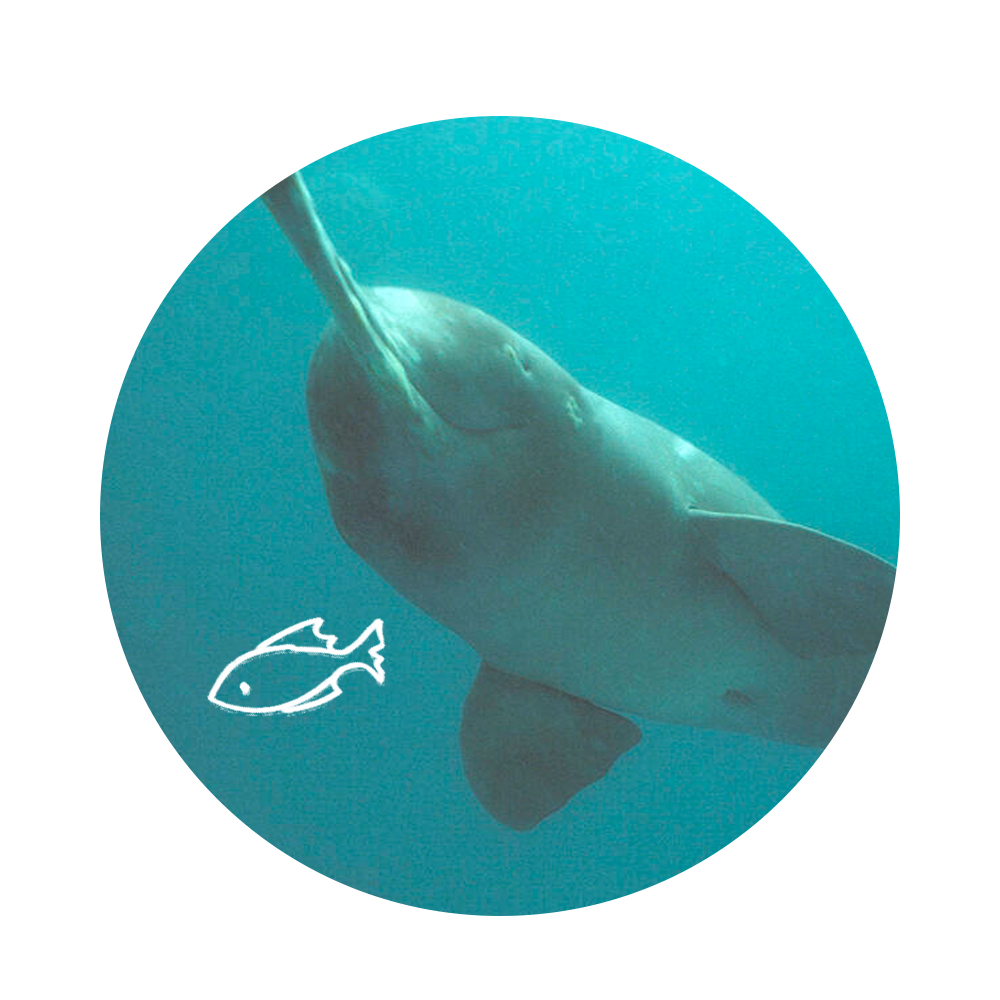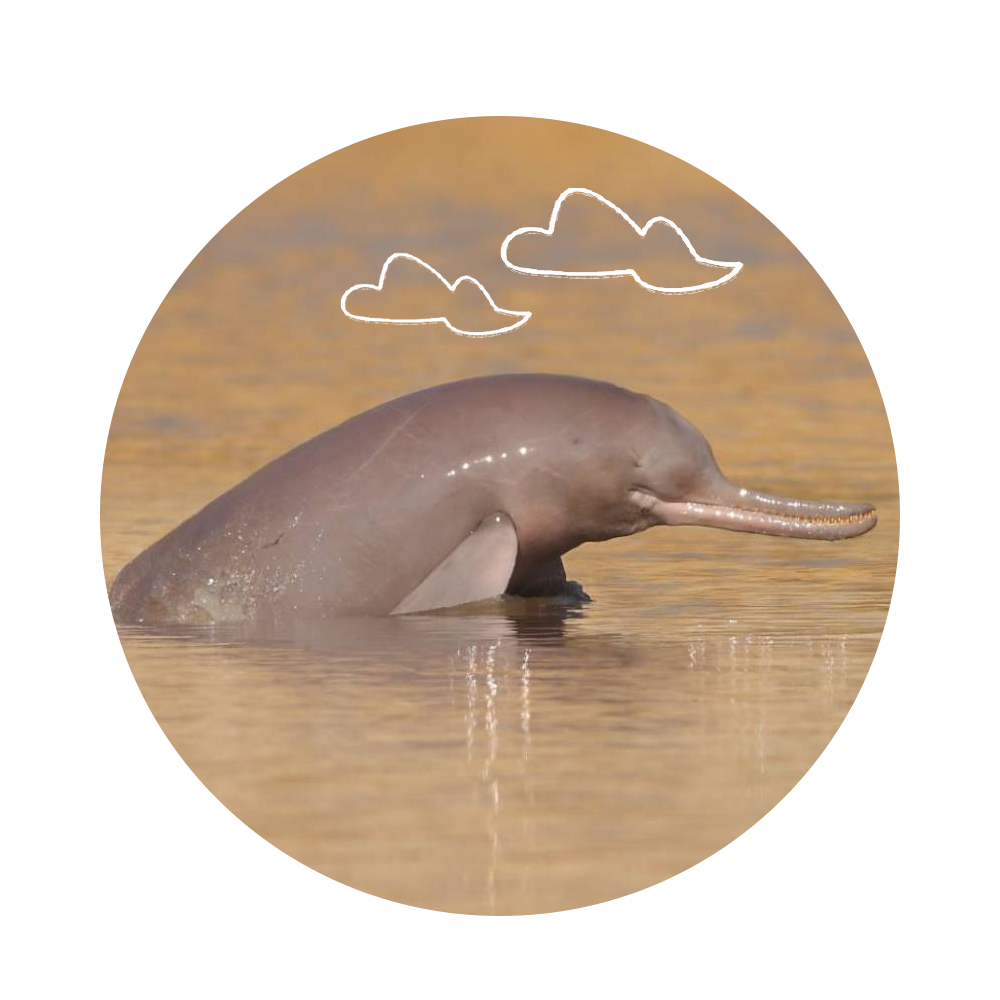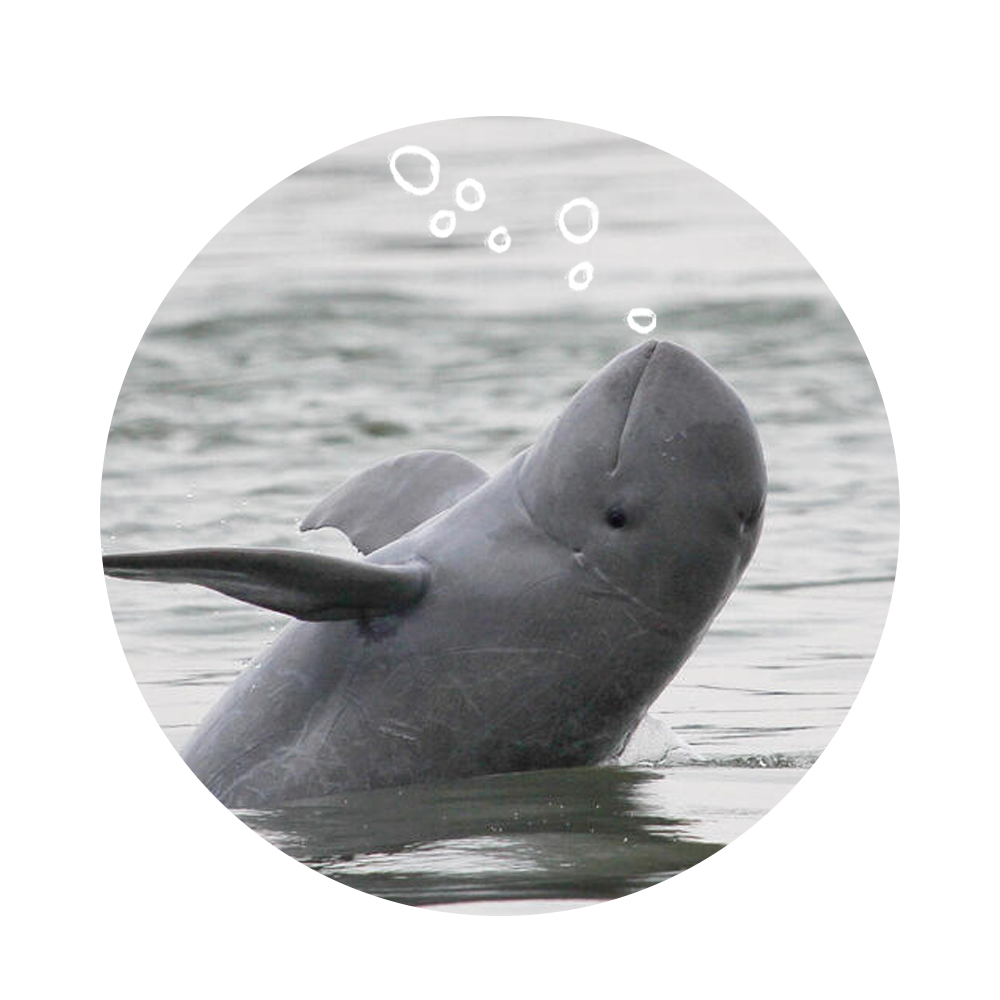River dolphins in the world
SOUTH AMERICAN RIVER DOLPHIN INITIATIVE SARDI
Along some rivers in South America and Asia, an unexpected creature swims in those waters: the dolphin. Species that joins the list of the oldest animals on Earth, such as the shark and the sea turtle. Although dolphins – and porpoises – are generally more related to the oceans, they can be found in several major rivers on two continents.
River dolphins act as indicators of the health of rivers in the watersheds where they live. If the dolphin population in a river is thriving, chances are the overall health of that freshwater system is too. But if that population is in decline, then it is considered a warning sign for the ecosystem as a whole.
Here’s a look at river dolphins around the world, the challenges they face and what WWF is doing to conserve them for the long term.
Platanista gangetica
Ganges River Dolphin
The Ganges River dolphin, known locally as susu, which refers to the noise the dolphin is said to make when it breathes, inhabits some portions of the Ganges, Meghna, and Brahmaputra river systems in India, Nepal, and Bangladesh. Considered the “Tiger of the Ganges”, this swimmer is practically blind and catches its prey through echolocation, emitting sounds and listening to the reflected echo when it bounces off objects.
Threats
Population size
State of conservation


Platanista menor
Indus River Dolphin
The remaining dolphins in the Indus River, known locally as Bhulan, can only be located in the lower reaches of the Indus River in Pakistan, and a small, isolated additional population located in the Beas River in India. These functionally blind dolphins rely on echolocation to navigate, communicate, and hunt prey in the muddy river waters.
Threats
Population size
State of conservation
Orcaella brevirostris
Irawadi River Dolphin
The Irawadi River dolphin is a rare species of cetacean, characterized by its rounded face and absence of a beak, giving it a distinctively friendly appearance. With a robust body and light gray coloration, this dolphin is mainly found in fresh and estuarine waters of Southeast Asia. Although it can adapt to both salt and fresh water, it prefers estuaries and the lower reaches of rivers. It is known for its social behavior and its ability to perform jumps and spins out of the water. Unfortunately, it faces serious threats due to bycatch, pollution and habitat degradation.
Threats
Population size
State of conservation


Neophocaena asiaeorientalis
Yangtze River finless porpoise
La marsopa sin aleta del Yangtsé vive en el río Yangtsé, el río más largo de Asia. En cierta época, esta marsopa compartió las mismas cuencas con el Baiji (delfín del río Yangtsé), una especie declarada funcionalmente extinta en 2006. La marsopa sin aleta del Yangtsé es conocida por su sonrisa coqueta.
